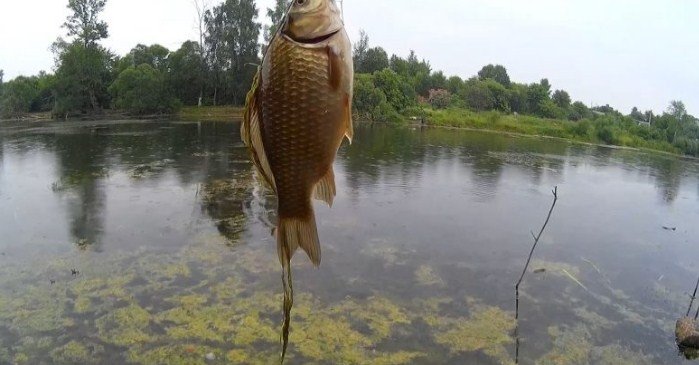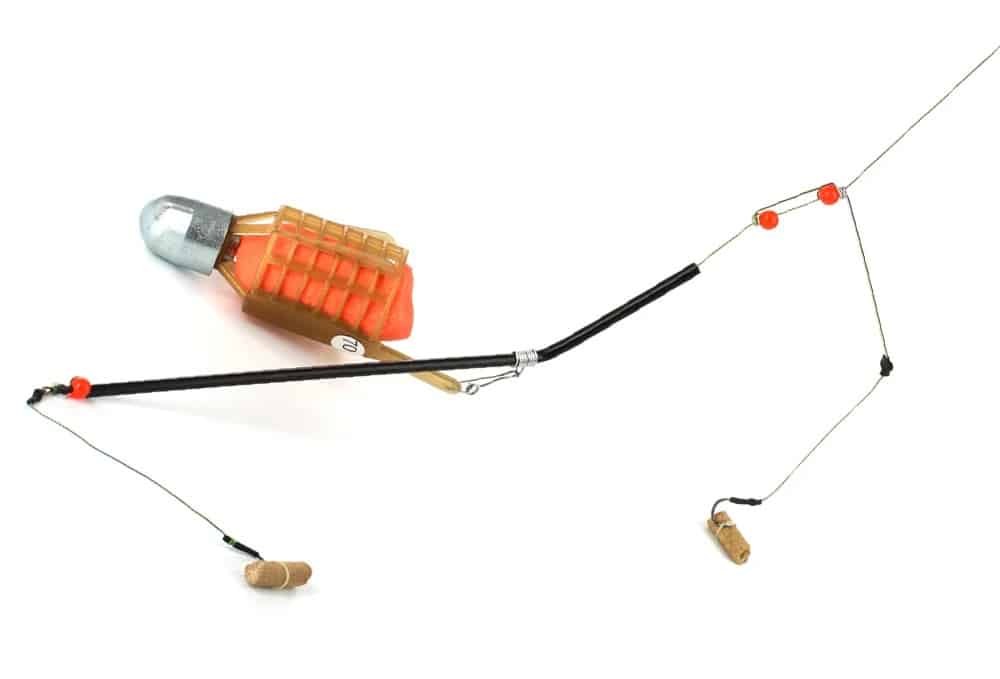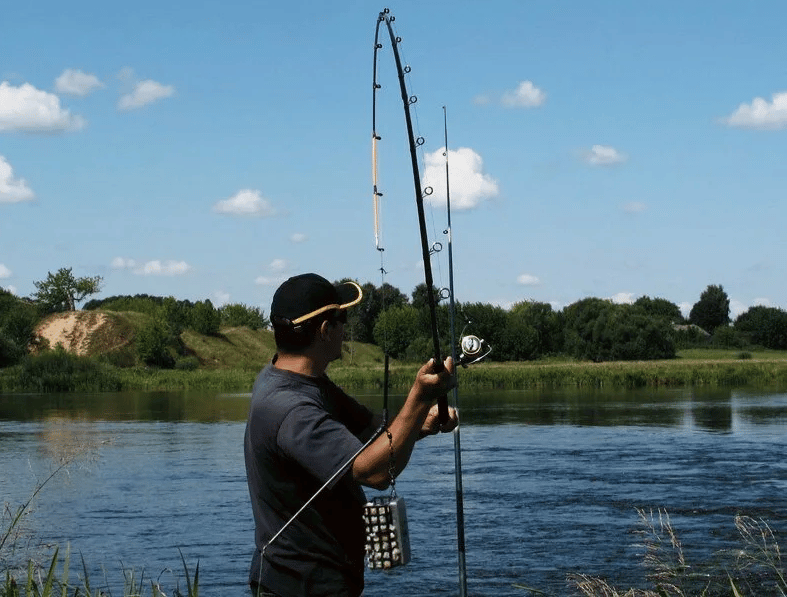The sensitivity of the
feeder rig is the main property of a successful catch. The main line is responsible for the susceptibility of bites at long distances. For these purposes, feeders use braids. How not to make a mistake in choosing and use it correctly.
Braid for a feeder: what is it?
A poly-fiber cord (braid) consists of several intertwined fibers. Nylon or amide fiber impregnated with a special composition is used as a starting material. The coating increases wear resistance, increases heat and cold resistance, gives rigidity to the cord, at the same time, noiselessness when flying. Despite its small diameter, it has high strength, because aviation materials are used. Thanks to the special weaving, it does not stretch and immediately transfers the slightest contact with the fish to the tackle signaling device. Treated with specific impregnations, the cord sinks quickly. High stiffness parameters simplify the installation of equipment. For different types of fishing, individual wattle fence is used.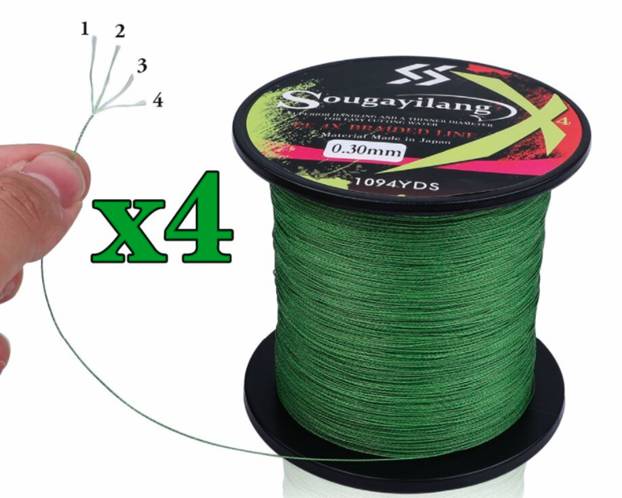
Advice! It is recommended for beginners to start with a 4-vein wattle fence. Pros and athletes alike use an 8-core cord.
The role of the cord in equipping the feeder
A distance of over 40 meters deprives the angler of the opportunity to clearly control the supply of bait to the point of fishing, biting, and playing fish.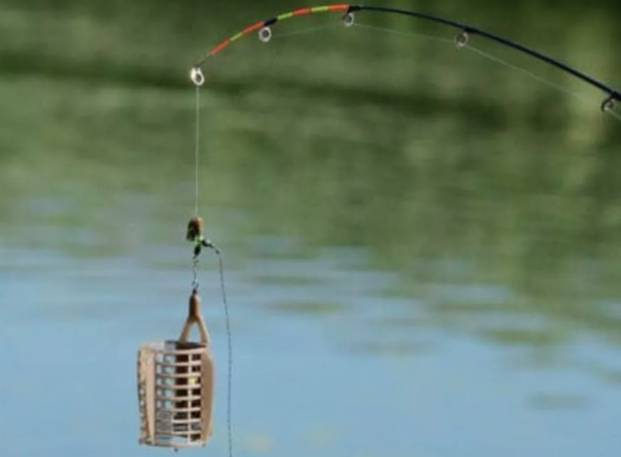
- Increases the sensitivity of the rig , the absence of stretching immediately transmits bite signals, especially for cautious fish.
- The low windage allows for a far and accurate mounting cast even in a crosswind.
- The high resistance of the thread to water currents , due to the minimum diameter, reliably holds the bait in place of fishing, makes it possible to use a light weight.
- Significant strength of the wicker base minimizes the “shooting” of the feeders .
Long-distance casts in a fast current with a braid increase many times over. Extra-long casts (80 – 100 meters) and casts for strong currents are impossible without a fast sinking line for the feeder.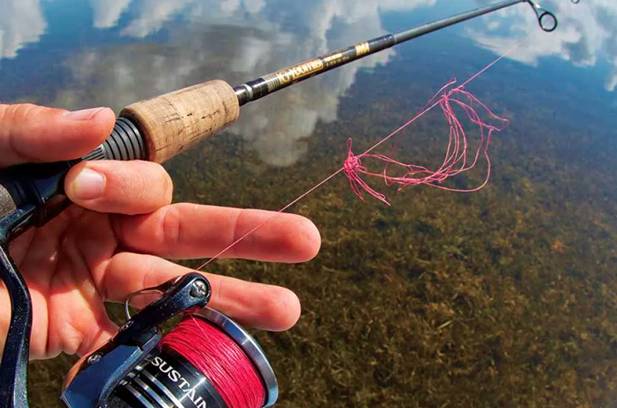
Braid versus mono: which is better for a feeder?
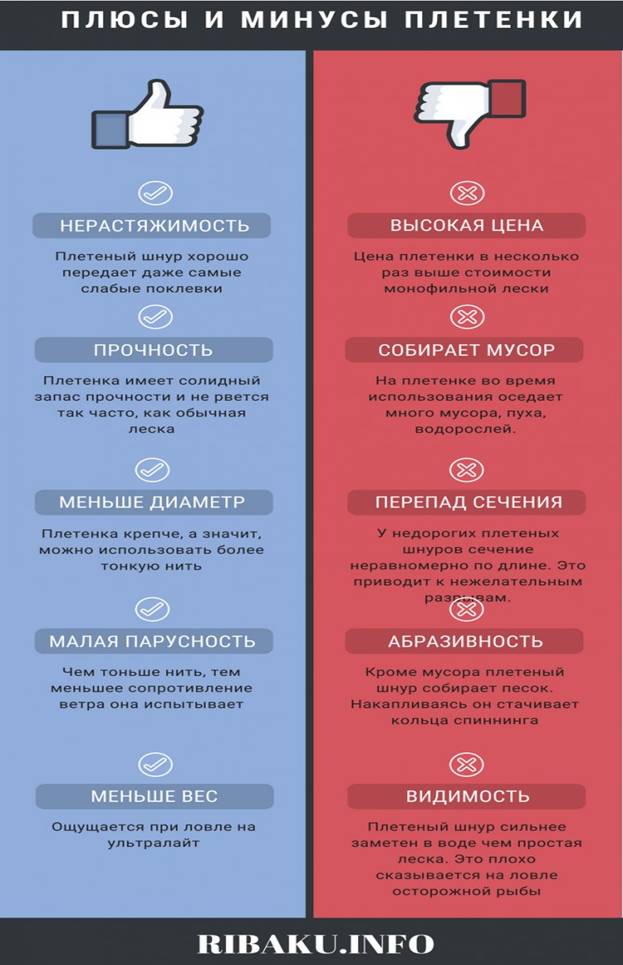
- Strength of the current . The faster, the greater the advantage of the braid. Less flow resistance, more possibility of using sensitive light bait, it is not carried away by the current.
- Fishing distance : on long-haul – the advantage is in favor of the line (over 60 meters full priority), the possibility of a comfortable productive hooking.
- Type and size of fish : the larger the fish, the greater the priority for the mono-line, the absence of stretching of the wattle fence threatens the breakdown of large fish, the monofile absorbs jerks when playing. The more careful the fish, the more likely it is to catch a bite with a braided line.
- The conditions of the reservoir : the presence of shells, stones, foreign objects renders the braided cord unusable, it shaggy and breaks. On the course of the wattle fence, it collects vegetation present in the water, down and other debris. In this case, it is definitely a monofilament, its slippery surface will cope with this problem better.
The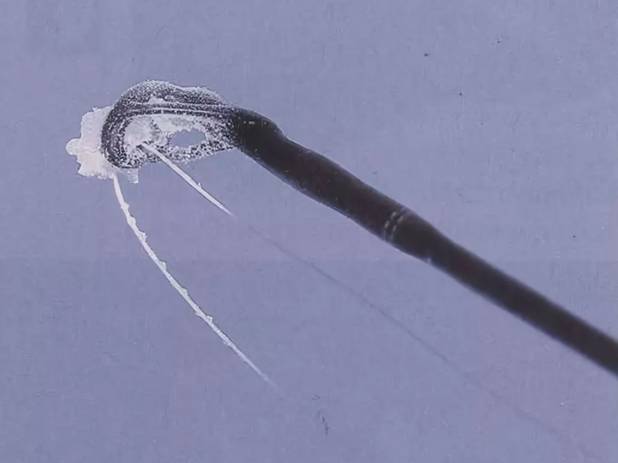
At low temperatures, especially in winter, the braided cord freezes faster, gets stuck in rings, gets confused
Feeder braid: selection options
The feeder line is different from braids for other types of fishing. First of all, the angler needs to decide on the working tasks of the braid: the type of fish, the type of reservoir, the casting distance. It is necessary to take into account all the disadvantages of the braid, because the price is much higher compared to the mono line. The greater the number of threads in the braid, the higher the price. The price range is also determined by a special impregnation for a sinking cord. The choice of length depends on the casting distance, whether it will be a bobbin or a reel.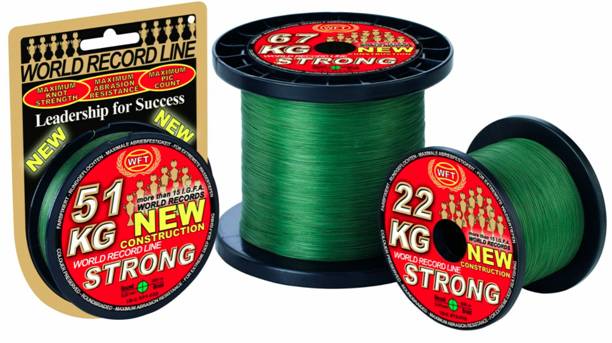
Important! The flatness and unevenness of the structure of the fence will cause a lot of trouble when casting, increase the friction force when passing along the rings of the rod, such a cord can damage them.
Feeder cord diameter
For braids, the concept of diameter is relative. For different manufacturers, the indicated Ø on the packaging may differ significantly. Here, breaking load and wear resistance are more important. Feederists usually use a cord Ø 0.08 – 0.16 mm. With more subtle, experienced fishermen use the shock leader. This indicator depends on the type of reservoir and the load of the tackle. For the flow, a thinner cord is chosen, in stagnant water – more powerful. On heavy rivers, the limiting diameter will be 0, 12 mm, with Ø 0.13 mm, it is already difficult to make a long cast. The structure of the bottom of the reservoir is taken into account. The presence of objects that can spoil the wattle fence requires an increase in diameter. The table shows the values for a 4-core cord, but for some manufacturers they differ.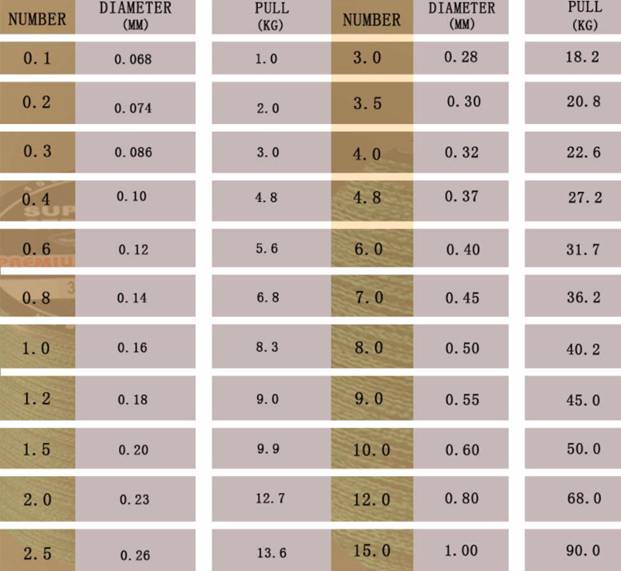
Breaking load
The indicator does not indicate the weight of the fish that is able to lift the line, but the force at which it breaks. Indeed, sometimes the fish will jerk so that it creates an effort several times more than its weight. When choosing a product, they pay attention to the length of the rod, the weight of the
feeder , the distance and the individual characteristic of the cast.
Important! When buying a cord for a feeder, keep in mind that in water, the indicator indicated on the label of a bobbin with a braid will drop by 20 – 25%.
International marking is indicated in libres, shows the ultimate tensile strength. 1 lb = 1 lb = 0.45 kg.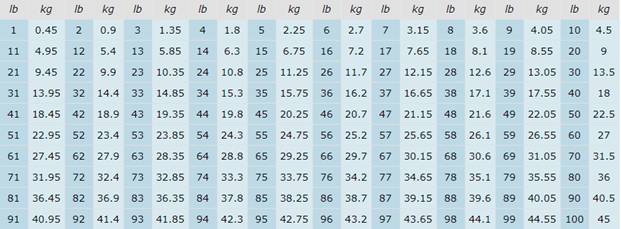
Advice! You can calculate the breaking load by dividing the libres indicated on the label by 2. The value will be slightly higher, but the water will normalize the indicator.
Which is best for a line or braid feeder: https://youtu.be/3Rx9DYw6Fcs
Rating of the best braided cords for a feeder for 2021
The Dutch have become leaders in the production of PE braids. Their technologies are classified, like those of American and Japanese manufacturers. They are monopolists in the manufacture of high-strength fishing lines. Recently, Chinese copies appeared on the market, not inferior in quality, and other brands from Korea, Russia, Ukraine. Top 10 Best Braids for Feeder Fishing:
| Manufacturer | Description | Disadvantages in reviews |
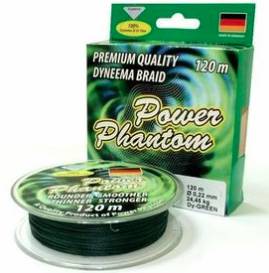 | The sensing cord consists of 4 fibers. Material: Polyethylene Dyneema SK 65 The weave is round, dense, prevents tangling of the thread, promotes casting distance. The surface is smooth and slippery. The friction coefficient is low. Holds the knot perfectly. Ø 0.08 – 0.45 mm Breaking strength 7.5 – 50.95 kg Color green Holland | New very tough |
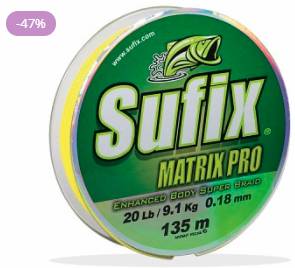 | Classic 4-core flexible soft 100% PE braid Unique Matrix technology. Weave – intertwined braids. The surface is smooth and slippery. Minimal stretch. Incredible durability. Rounded section. High sensitivity. Protective treatment against abrasive surfaces. Drowns quickly. High breaking performance. Colors: bright and camouflage. Various diameters and unwinding. USA | Loses color quickly. Untied at knots. Whistles when casting. |
 | Excellent PE technology Allowed to reduce Ø without loss of strength. Tight weave with silicone coating. Round. Minimal stretch. High linear deformation, rupture stability at the nodes. Ø 0.076 to 0.296 mm Breaking strength: 1.6 to 22 kg Japan | Not found |
 | A universal cord from a leading Japanese manufacturer. Optimal balance of hardness and softness, strength and sensitivity. Increased resistance to abrasives, stretching. Low windage. Water-repellent original special impregnation. Orange color | Not found |
 | 4-strand braided thread, reinforced with Teflon treatment. Goes for fishing in snags, vegetation. Resistant to abrasive bottom. Low friction. The smooth surface with a circular cross-section facilitates long casting. There are various modifications in the series. Stiff, not prone to furrowing. USA | Feederists have no complaints |
 | Highly sensitive braids in various modifications and price ranges. Elongation – 0 “Memory” – 0 Strength on knots Moisture resistance and to external influences Soft Colors: white, dark green, red, yellow. USA | – |
 | 8-vein wattle Soft, noiseless, abrasion resistant. High strength characteristics. Does not lose knot strength. Suitable for all types of feeder fishing. Modifications different Color brown England | – |
 | Braided cord. Features 30% higher than competitors. Super thin. Low elongation. Increased breaking load. Smooth. Holds color. Resistant to abrasion. The color is light blue. Japan | – |
 | Dense braided 4-fiber thread. An almost perfect circle in cross section. Increased strength and toughness. Moisture resistant. Abrasion protection. The modifications are different. Unwinding 100, 150, 200 m. Combined colors: 5 shades alternate after 10 meters with contrasting markers after 1 meter Japan | ; Does not hold a 100 gram iron feeder |
 | Ultra-dense cord for extreme conditions. “Sintered”. Dense. Soft. Smooth. Not afraid of twisting. Long lasting. 93 modifications. Perfectly round cross-section. Holds feeders up to 150 US g. | Dealers incorrectly indicate the characteristics: the diameter is understated (0.08 = 0.14), the load is overestimated (12.5 = 7.5 kg) |
Feeder fishing undoubtedly requires special skills. For beginners, manufacturers have prepared options for budget braids. Consider several popular brands:
| Manufacturer | Description | Disadvantages in reviews |
 | Braided line for all types of feeder fishing. Material: 100% polyethylene. Soft, smooth, durable. Works even in cold water, although it is declared as summer. Many modifications Japan | Quality only from the original manufacturer. China or Taiwan does not meet the declared specifications |
 | 4-core braid. 100% polymeric coated PE material. The surface is smooth, even in length, the cross-section is a circle. Resistant to external influences. Minimal stretch. Ø from 0.1 to 0.12 mm Variety of colors Russia | The diameter is “plus”. Does not hold an 80 gram feeder. When casting, it can dodge. Loses color. |
 | The cord is woven into a circular thread. Teflon-treated three-component structure. The thread is calibrated for thickness, round section. Elongation is low. Durable. Glides easily, silent. Holds color. Gamma: yellow, green. Unwinding 100, 137 m Different diameters USA | Sailability |
 | A series of the best Russian braids with various modifications. Perfect smoothness. Round section. Silence. Softness and minimal stretch. Abrasion resistant. A wide range of modifications. Saint Petersburg, Russia | Breaking load is too high. Tears at the knots |
 | All-season tightly weave cord for the feeder in all conditions, also extreme. Made from Japanese material. Round section. UV protection. Abrasion resistant. Does not curl. Holds the knot well. Modifications 6 Range Ø 0.1 – 0.2 mm for dough from 6.4 to 15 kg Color dark gray. Korea | – |
It is worth warning newcomers that a lot of counterfeit products have appeared on the market. Be careful when choosing.
Which braid to choose for the feeder: https://youtu.be/wi4ZFWtkN_8
How to tie a cord-based feeder wiring
There are several options for collecting montage. The most practical and easiest way to assemble a rig is the reusable in-line with a swivel. The assembly will take less than a minute. We take the free end of the braid, measure out 20 cm, fold it in half.
We tie it with a knot “8” .












